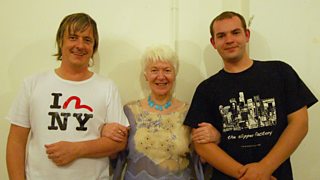Gems of Glasgow: A-listed buildings with stories to tell
31 March 2017
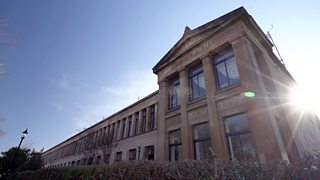
David Hayman has been exploring some of Glasgow’s finest buildings in his new ����ý Two Scotland programme .
But the city has a few more Category A gems up its sleeve than just Thomson’s.
Here are a few of them...
A home for world class art
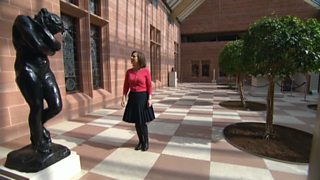
During his life, William Burrell developed one of the in the world. He donated it all – over 9,000 objects – to the city of Glasgow in 1944.
The building which houses the Burrell Collection in Glasgow was granted Category A listed status in 2013. Historic Scotland, who made the award, said it reflected the building’s importance as an example of 1970s architecture.
Caring for the WW1 wounded
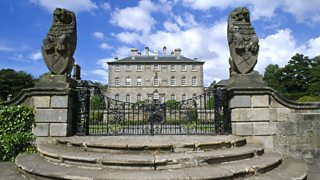
During World War One, the owners of Pollok House, the Stirling Maxwells, moved out to allow it to be turned into an auxillary hospitals for wounded soldiers. This grand house was built in 1752 as a home for the Maxwell family.
In 1966 it was given to the people of Glasgow by Mrs Anne Maxwell MacDonald and was awarded Category A status in the same year.
Troops and stars

The Britannia Panopticon Music Hall on Glasgow’s Trongate is the world’s oldest surviving music hall and was awarded Category A status in 1977.
The theatre was built in 1857 and world famous acts, like Stan Laurel and Harry Lauder, performed on its stage. During World War One the hall supported the war effort, with the performers using some surprising methods to encourage men to enlist...
Cone on (or off?)

You don’t need walls and a roof to be recognised: a variety of man-made structures count as buildings in this context. In 1970, the statue of the Duke of Wellington on Queen Street received Category A status.
It is perhaps now best known as the statue with a traffic cone on its head. The who, what and why of this tradition have been lost in the mists of time, but council plans to end the practice back in 2013 .
Alexander ‘Greek’ Thomson
Alexander Thomson is considered one of Scotland’s greatest architects, and his work designing churches, houses and flats left an enormous impact on Victorian Glasgow.
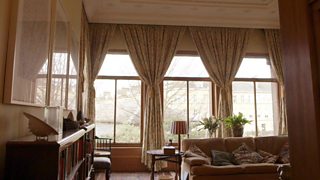
He was influenced by Greek classical architecture and became known as ‘Greek’ Thomson.
The programme goes in search of the man who transformed industrial Glasgow, visiting some of his most exotic and exciting creations.
Thomson has left a legacy that includes Category A buildings – recognised as being of national and international importance by Historic Environment Scotland.
Latest features from ����ý Scotland
-
![]()
'Wild swimming helps me process the grief of losing my son'
The benefits of cold water therapy.
-
![]()
Winter adventures are appealing, but an expert advises caution
Trips in winter require particular knowledge and skills.
-
![]()
The rescuers: Why volunteers risk their lives in mountain emergencies
Landward meets members of the Cairngorm Mountain Rescue Team.
-
![]()
‘Look for the light’ – practical tips to help you through another winter with SAD
Useful advice and tips to combat low moods at this time of year.
-
![]()
How you could be a binge drinker without even knowing
Binge drinking is classed as fewer units than many people may realise.
-
![]()
How chocolate biscuits and drama classes helped one man leave prison behind
The healing power of creativity.
-
![]()
'When people believe in you, it’s life-changing'
Author Graeme Armstrong revisits the man who helped turn his life around.
-
![]()
The 'breath-taking' display of US birds swept on to British soil
Recent storms have brought rare birds to our shores.
-
![]()
Six things we learned about Alan Cumming on Take the Floor (Spoiler: includes accordions)
The actor spoke to Take the Floor's Gary Innes.
-
![]()
How street gangs trap young men in a dangerous cycle of violence
The almost inescapable pull of life in a gang.
-
![]()
Why stylist Gok Wan believes there's no such thing as bad fashion
The fashion expert says we should stop following rules and do what feels right.
-
![]()
Is sending a CV still the right way to apply for a job?
They've been central to job applications for years, but are they worth it?





